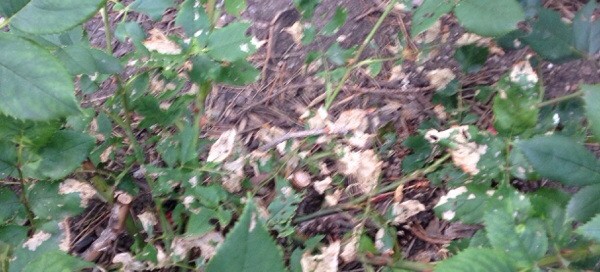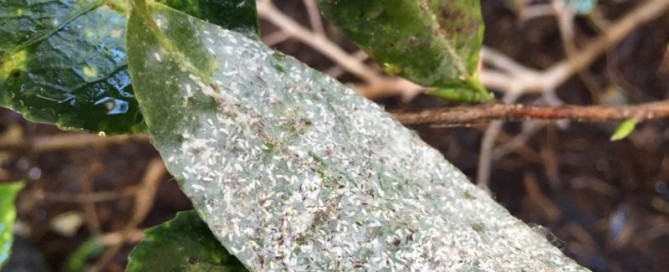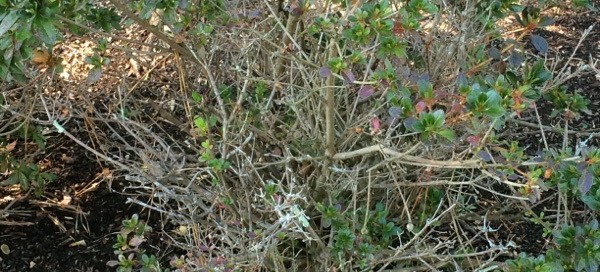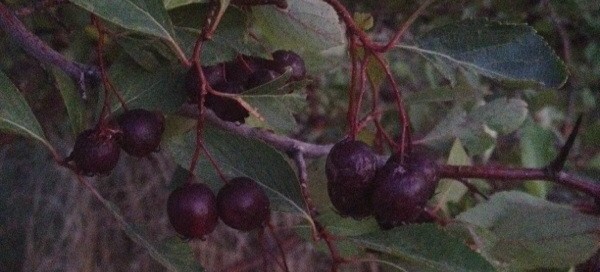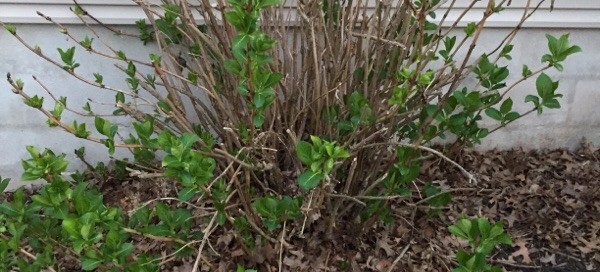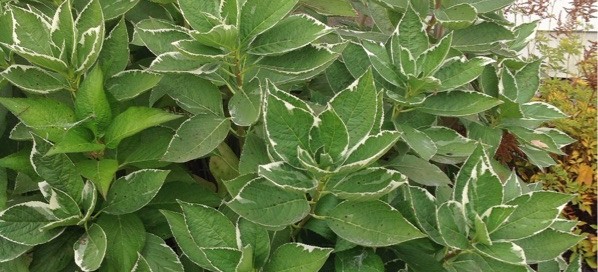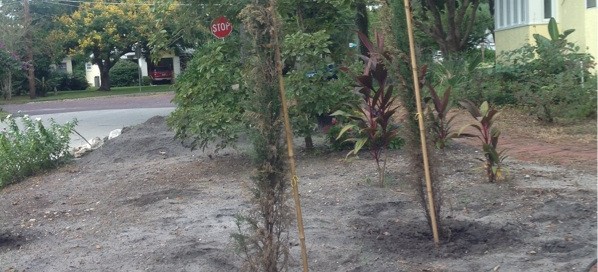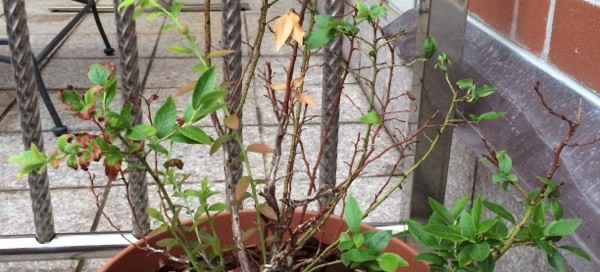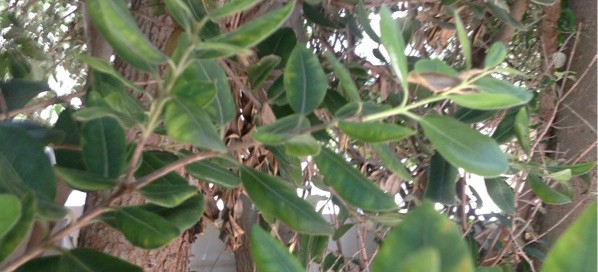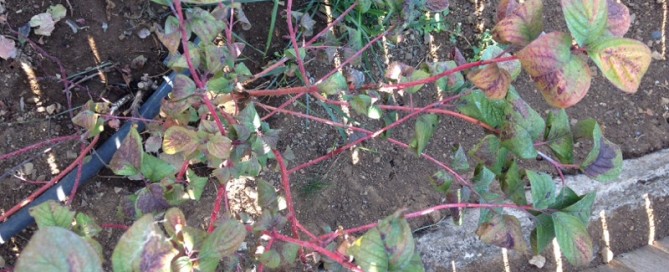Heat Stress Or Fertilizer Burn
This rose bush seems to be suffering from heat stress or possibly fertilizer burn. Spotty brown leaves is a typical sign of both. Typically, the browning of "Knock Out" rose leaves may be the result of too many nutrients. They do thrive in fertile soil, however, over-applying fertilizer may lead to high salinnity content in soil as well as brown leaves. Also, high boron content can cause browning edges of new leaf growth. Stunted growth is another result of these excesses. If you have over-applied fertilizer or if a soil test exhibits high salt levels or boron levels, then definitely change to a fertilizer with lower levels of salt or boron. Apply a 2 to 3-inch layer of organic mulch, such as compost, without smothering plant stems. Mulch offers a natural way to maintain fertility and deter weed growth while conserving moisture. Be sure to water roses at the bottom of the plant to prevent fungal issues.
